1. Henry VIII’s Church of England (1534)
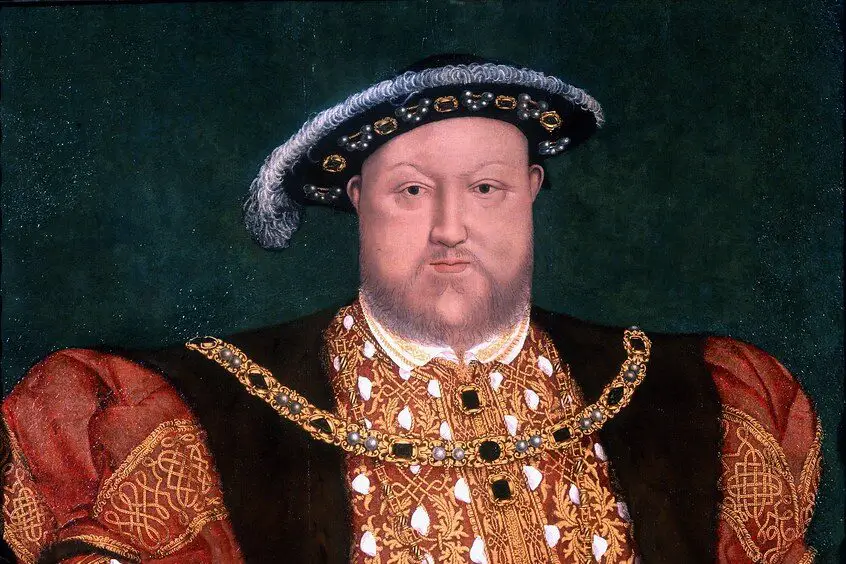
Henry VIII didn’t start out wanting to change Christianity—he just wanted a divorce. The Catholic Church wasn’t budging on his request to annul his marriage to Catherine of Aragon, so Henry took matters into his own hands. He declared himself the Supreme Head of the Church of England, cutting ties with Rome. This move wasn’t just about romance; it let him seize church lands and wealth, strengthening the crown. Suddenly, England had a new national church, one that conveniently granted his divorce shares the History Channel.
What started as a personal issue snowballed into a major religious shift, sparking centuries of conflict. Catholics who stayed loyal to the pope were persecuted, and Protestantism gained a foothold in England. Henry’s creation paved the way for later reforms, though he never embraced full Protestant ideals. His immediate goal was political control, but his decision shaped English identity and history for generations adds the Conversation.
2. The Imperial Cult of Ancient Rome (1st Century BCE)
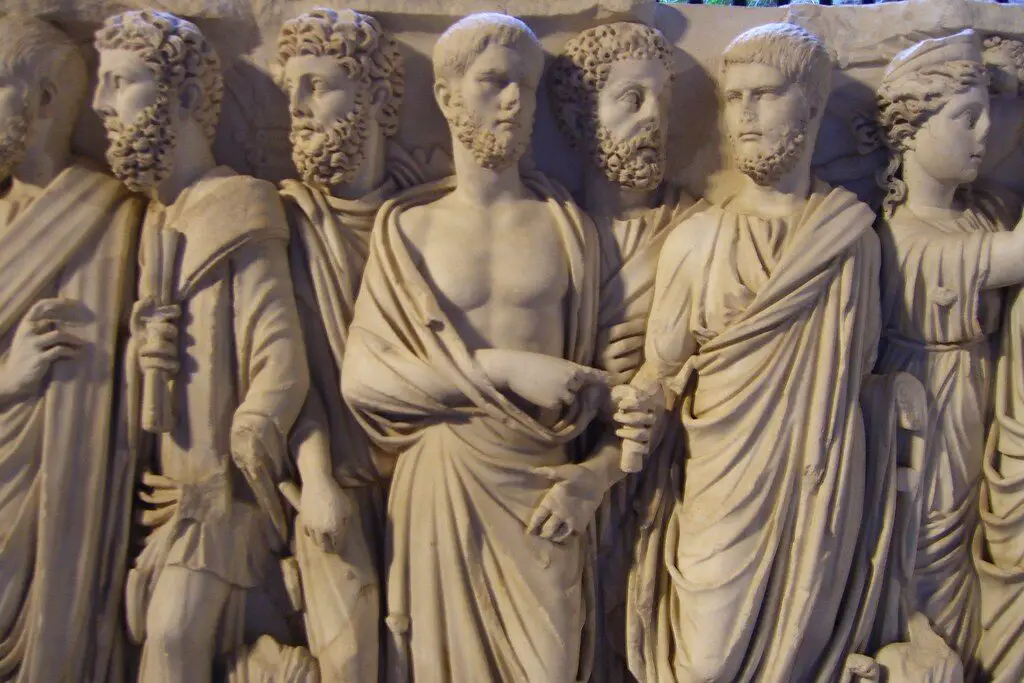
Rome had plenty of gods, but worshiping the emperor as divine? That was a political power play. Julius Caesar flirted with the idea, but it was Augustus who made it stick. By deifying past rulers and positioning himself as a semi-divine figure, Augustus solidified his rule. The imperial cult wasn’t just about religious devotion—it kept the vast empire loyal shares the New York Times.
Roman elites weren’t all thrilled, but it worked wonders in the provinces. Worshiping the emperor became a way to show political allegiance. Local rulers built temples in his honor, reinforcing Roman authority. While later emperors took the idea to extremes, it started as a savvy way to unite a massive empire under one leader says Smithsonian Magazine.
3. Shinto as Japan’s State Religion (19th Century)
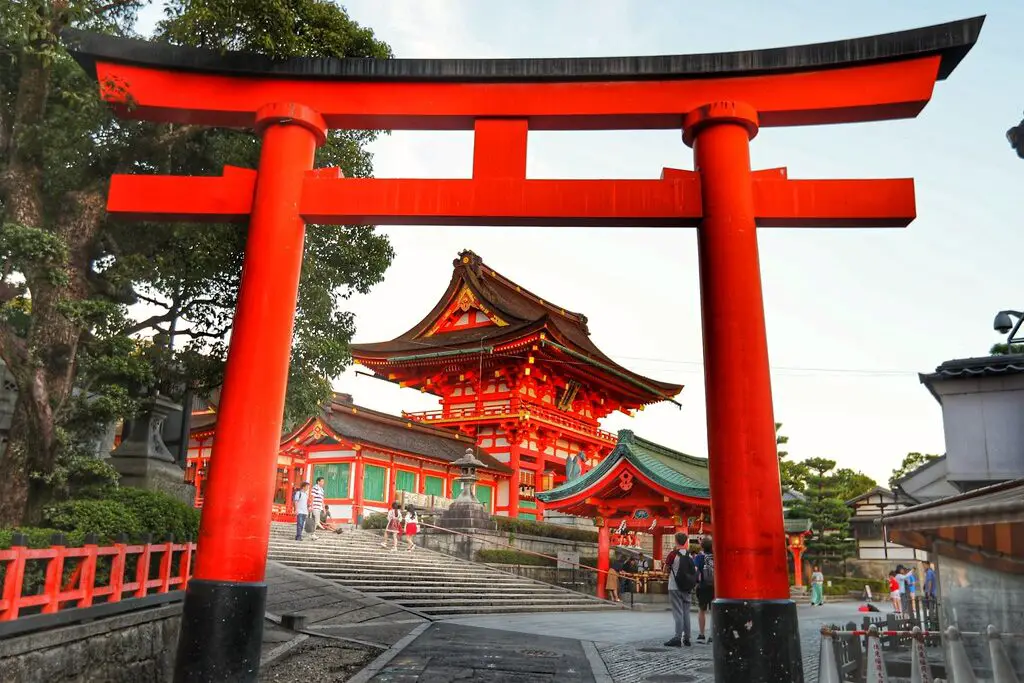
Shinto had existed for centuries, but Japan’s leaders rebranded it for nationalistic purposes. During the Meiji Restoration in the 1860s, Japan needed a unifying ideology to modernize and centralize power. They elevated Shinto as the official state religion, tying it directly to the emperor’s divine status. Buddhism, which had been popular for centuries, was suddenly suppressed.
This version of Shinto reinforced Japan’s expansionist goals and military ambitions. Schools taught children that the emperor was a living god, making loyalty to him a sacred duty. The ideology fueled Japan’s aggressive policies leading into World War II. After the war, the Allies forced Japan to abandon state Shinto, but its political legacy still lingers.
4. The Church of Scientology (1950s)

L. Ron Hubbard was a science fiction writer before he became a religious leader. Scientology started as a self-help movement, but Hubbard realized religion had financial perks. Religious organizations enjoyed tax-exempt status, and in the 1950s, Scientology officially became a church. It also gave him greater control over his followers, with a structured belief system and strict hierarchy.
The political angle became even clearer when Scientology fought the IRS for decades to maintain its status. The church used aggressive legal tactics to protect its interests. Beyond finances, its religious identity helped shield it from government scrutiny. What began as a set of psychological techniques turned into a powerful institution with worldwide influence.
5. Akhenaten’s Monotheism (14th Century BCE)
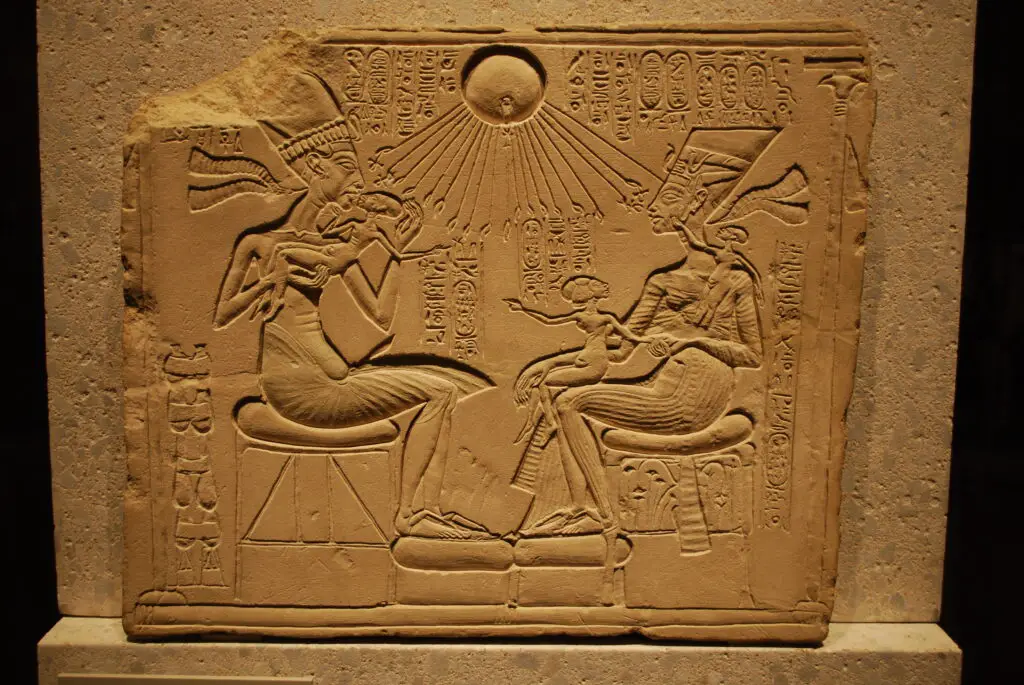
Egypt’s pharaohs worshiped many gods—until Akhenaten flipped the script. He decided that only one god, Aten, the sun disk, should be worshiped. Conveniently, this meant sidelining the powerful priesthoods of Amun, which had too much influence for his liking. He shut down their temples and redirected resources to his own religious agenda.
This wasn’t a popular move. His radical changes disrupted Egyptian society, and after his death, the old gods came roaring back. His successor, Tutankhamun, restored the traditional religion, erasing Akhenaten’s memory. His experiment in monotheism faded, but some believe it influenced later faiths like Judaism.
6. The Mormon Church’s Shift on Polygamy (1890)

Early Mormon leaders, including Joseph Smith and Brigham Young, defended polygamy as a core belief. But by the late 1800s, the U.S. government was cracking down. The federal government threatened to seize church property and disenfranchise Mormons. Conveniently, in 1890, church president Wilford Woodruff had a revelation: polygamy was no longer required.
This wasn’t just about divine inspiration—it was about political survival. Utah needed to drop polygamy to become a state, and the church couldn’t afford to keep fighting the government. After the shift, the Mormon Church gained greater acceptance in mainstream America. Today, it distances itself from polygamous groups, showing how religion can change when power is at stake.
7. The Orthodox Church’s Role in Russian Politics (1500s-Present)
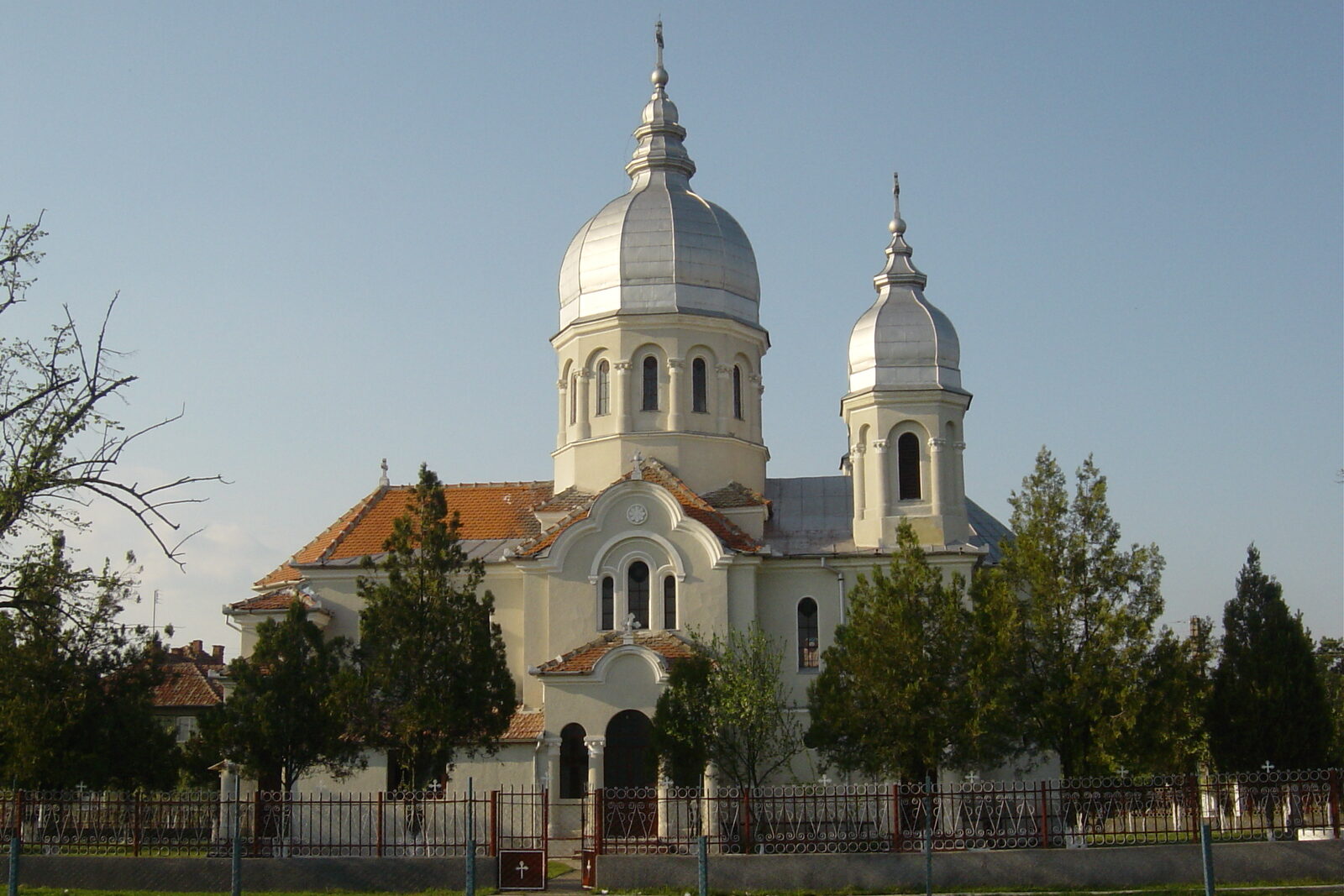
The Russian Orthodox Church has long been intertwined with politics. Ivan the Terrible used it to justify his rule, but it became even more political under later tsars. The church blessed the monarchy, reinforcing the idea that the tsar ruled by divine right. When the Soviet Union came to power, religion was suppressed—but not erased.
After the USSR collapsed, the Orthodox Church made a comeback. Leaders like Vladimir Putin have embraced it to promote nationalism and control dissent. The church now plays a central role in Russian identity and politics. What started as a medieval power move remains a key tool for authority in modern Russia.
8. The Wahhabi Movement (18th Century)

Muhammad ibn Abd al-Wahhab’s teachings called for a return to strict Islamic principles. But it wasn’t just about faith—it was a deal with the Al Saud family. In exchange for military protection, Wahhabism provided religious legitimacy to their rule. This alliance helped create the kingdom of Saudi Arabia.
Wahhabism later became the backbone of Saudi governance, shaping laws and social policies. Its strict interpretation of Islam justified the monarchy’s authority. Even as the world modernizes, Saudi leaders continue to use Wahhabism to maintain control. What started as a reform movement became a pillar of state power.
9. Anglicanism in Africa’s Colonial Era (19th-20th Century)
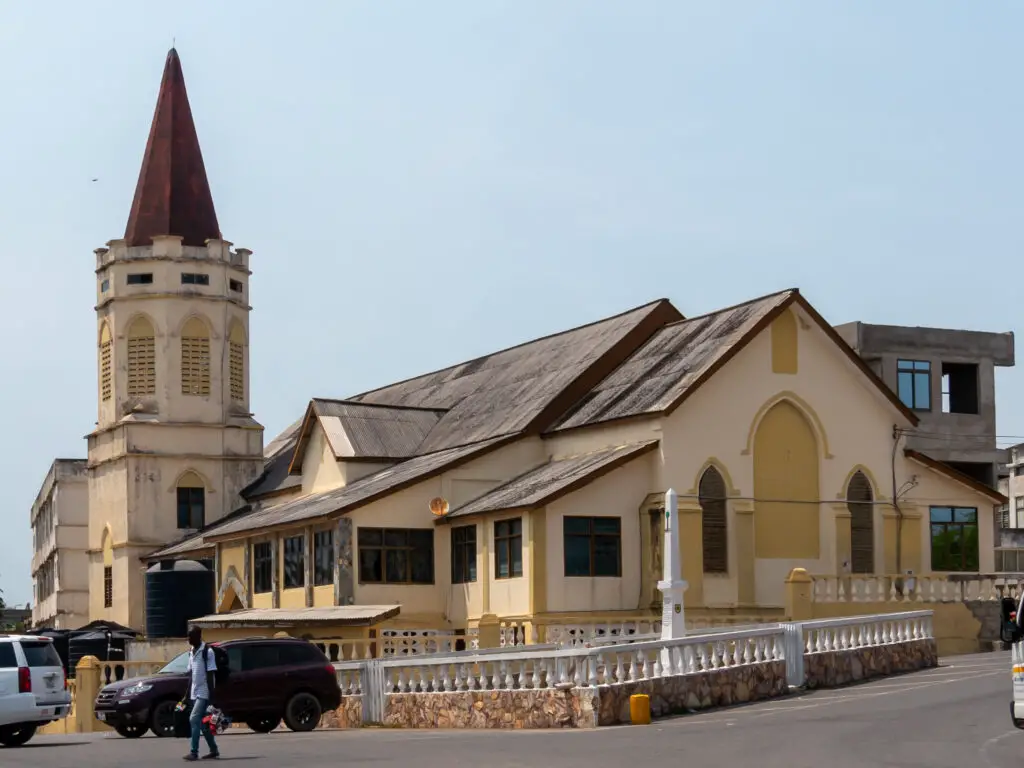
European powers used Christianity to justify colonization, especially in Africa. The Anglican Church played a major role, often working alongside British authorities. Missionaries framed conversion as part of “civilizing” indigenous people. In reality, it helped reinforce colonial rule.
Local leaders who converted gained favor with the British, giving them political advantages. Over time, African churches adapted Christianity to their own cultures. Many independence movements later used the church to challenge colonial rule. What began as a tool for control eventually became a force for resistance.
10. The Formation of Sikhism Under the British Raj (19th Century)
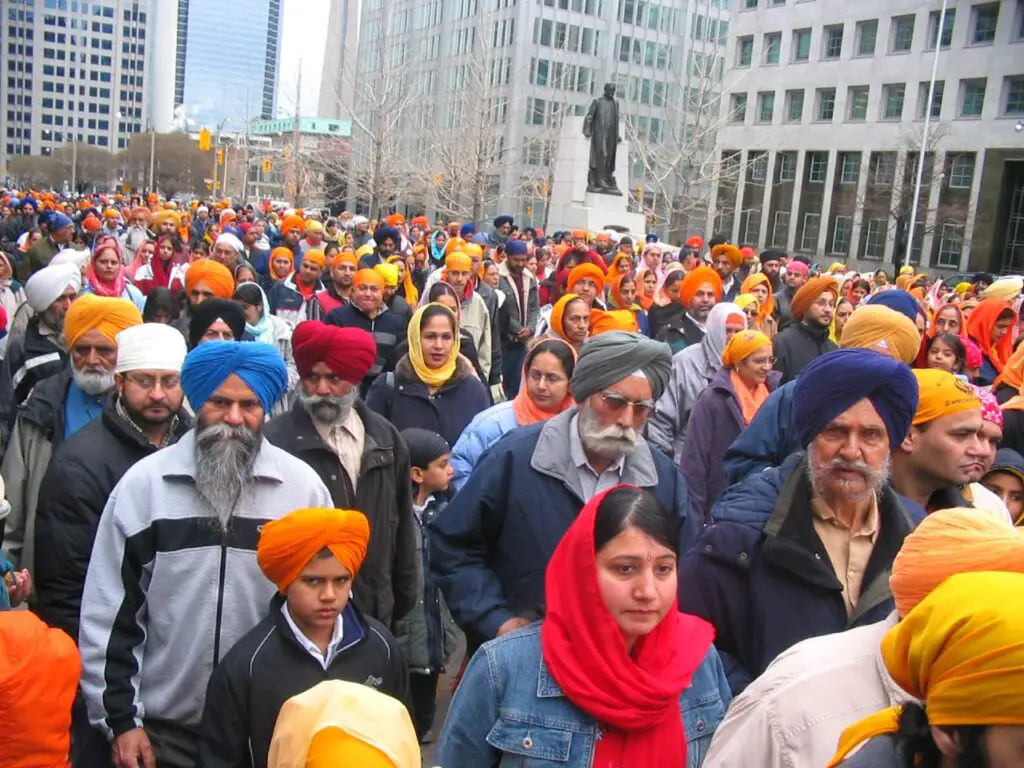
Sikhism began centuries earlier, but the British reshaped it for their own ends. In the 19th century, they encouraged a distinct Sikh identity to separate them from Hindus and Muslims. The British favored Sikhs in the military, seeing them as loyal soldiers. This helped maintain colonial control.
By emphasizing martial traditions, the British reinforced a warrior identity among Sikhs. This move had long-term consequences, influencing Sikh nationalism. After independence, Sikhs sought their own state, partly due to this British-era shaping of identity. Religion became a political tool that still affects India today.
11. The Sun God Cult of Louis XIV (17th Century)
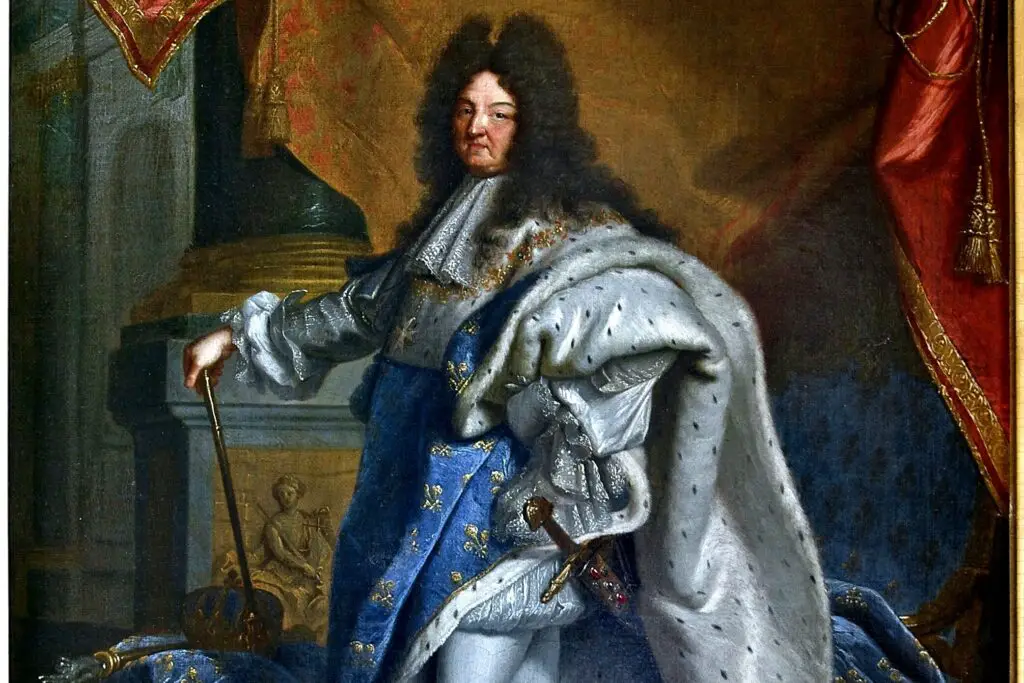
Louis XIV, the “Sun King,” didn’t just rule—he wanted to be worshiped. He promoted the idea that his power was divinely ordained, comparing himself to Apollo. His court rituals turned kingship into a religious experience. This wasn’t just vanity; it reinforced his absolute rule.
The church played along, helping him justify centralizing power. By intertwining religion with monarchy, he crushed noble resistance. His rule became synonymous with divine authority, setting the stage for later conflicts. Eventually, the idea of kings as near-divine beings unraveled with the French Revolution.
12. The Unification Church of South Korea (1950s)

Reverend Sun Myung Moon founded the Unification Church, claiming a divine mission. But its rise was tied to South Korea’s political landscape. Moon’s anti-communist stance won him favor with the government. His movement gained influence by aligning with conservative leaders.
The church’s reach extended beyond religion, shaping politics and media. Moon’s followers played roles in diplomacy and business, furthering his power. What seemed like a spiritual movement had deep political motivations. The church’s influence remains strong in global affairs today.
13. The Temple of Heaven’s Political Role in China (15th Century)
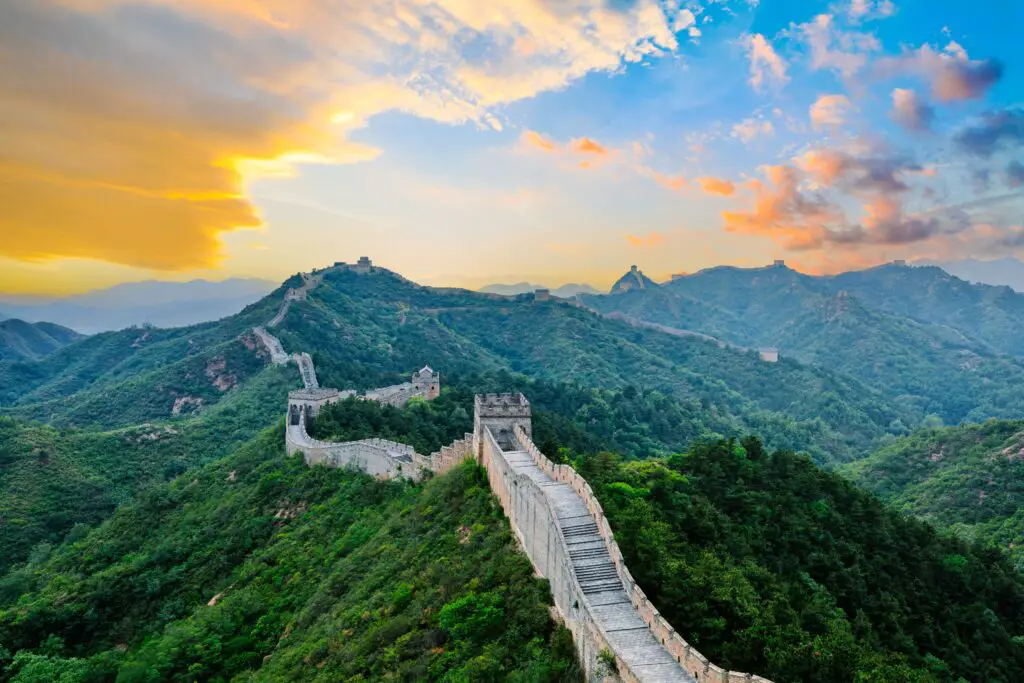
In imperial China, the emperor wasn’t just a ruler—he was the Son of Heaven. The Temple of Heaven in Beijing became the center of this religious-political ideology. Emperors performed rituals to justify their rule as divinely sanctioned. These ceremonies reinforced their control over China’s vast population.
The system worked as long as emperors fulfilled their duties. When famine or disaster struck, people saw it as a sign of lost divine favor. This belief helped justify revolutions that overthrew weak rulers. Religion and politics were inseparable, shaping China’s history for centuries.
